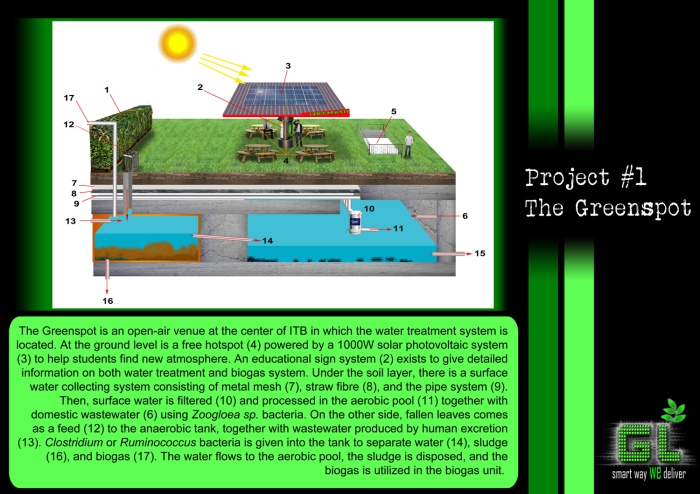TAKEN FROM WAPEDIA.MOBI
Liquid oxygen — abbreviated LOx, LOX or Lox in the aerospace, submarine and gas industries — is one of the physical forms of elemental oxygen.
Liquid oxygen — abbreviated LOx, LOX or Lox in the aerospace, submarine and gas industries — is one of the physical forms of elemental oxygen.
Liquid oxygen has a pale blue color and is strongly paramagnetic and can be suspended between the poles of a powerful horseshoe magnet. Liquid oxygen has a density of 1.141 g/cm3 (1.141 kg/L) and is cryogenic (freezing point: 50.5 K (−368.77 °F; −222.65 °C), boiling point: 90.19 K (−297.33 °F, −182.96 °C) at 101.325 kPa (760 mmHg). Liquid oxygen has an expansion ratio of 1:861 at 20 °C (68 °F); [1] [2] and because of this, it is used in some commercial and military aircraft as a source of breathing oxygen.
Because of its cryogenic nature, liquid oxygen can cause the materials it touches to become extremely brittle. Liquid oxygen is also a very powerful oxidizing agent: organic materials will burn rapidly and energetically in liquid oxygen. Further, if soaked in liquid oxygen, some materials such as coal briquettes, carbon black, etc., can detonate unpredictably from sources of ignition such as flames, sparks or impact from light blows. Petrochemicals often exhibit this behavior, including asphalt.
The tetraoxygen molecule (O4) was first predicted in 1924 by Gilbert N. Lewis, who proposed it as an explanation for the failure of liquid oxygen to obey Curie's law. [3] Today it seems Lewis was off, but not by far: computer simulations indicate that although there are no stable O4 molecules in liquid oxygen, O2 molecules do tend to associate in pairs with antiparallel spins, forming transient O4 units. [4]
2. Uses
In commerce, liquid oxygen is classified as an industrial gas and is widely used for industrial and medical purposes. Liquid oxygen is obtained from the oxygen found naturally in air by fractional distillation in a cryogenic air separation plant.
Liquid oxygen used in space rockets (and probably in aerospace) is a mixture of liquid oxygen with up to 25% liquid ozone[citation needed] and several additives to stabilize this liquid oxidizer.
Liquid oxygen is a common liquid oxidizer propellant for spacecraft rocket applications, usually in combination with liquid hydrogen or kerosene. Liquid oxygen is useful in this role because it creates a high specific impulse. It was used in the very first rocket applications like the V2 missile (under the name A-Stoff and Sauerstoff) and Redstone, R-7 Semyorka, Atlas boosters, and the ascent stages of the Apollo Saturn rockets. Liquid oxygen was also used in some early ICBMs, although more modern ICBMs do not use liquid oxygen because its cryogenic properties and need for regular replenishment to replace boiloff make it harder to maintain and launch quickly. Many modern rockets use liquid oxygen, including the main engines on the Space Shuttle.
Liquid oxygen also had extensive use in making oxyliquit explosives, but is rarely used now due to a high rate of accidents such as high explotion.
3. References
- Cryogenic Safety
- Characteristics
- Lewis, Gilbert N. (1924). "The Magnetism of Oxygen and the Molecule O2". Journal of the American Chemical Society 46 (9): 2027-2032. doi:10.1021/ja01674a008.
- Oda, Tatsuki; Alfredo Pasquarello (2004). "Noncollinear magnetism in liquid oxygen: A first-principles molecular dynamics study". Physical Review B 70 (134402): 1-19. doi:10.1103/PhysRevB.70.134402. http://link.aps.org/abstract/PRB/v70/e134402.
- Cryogenics








0 comment(s):
Post a Comment
comment